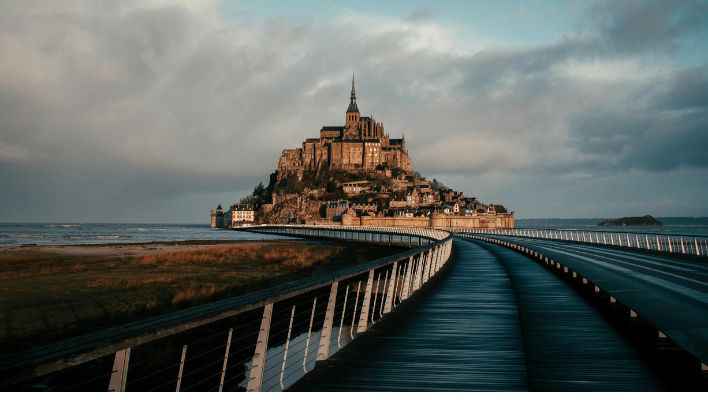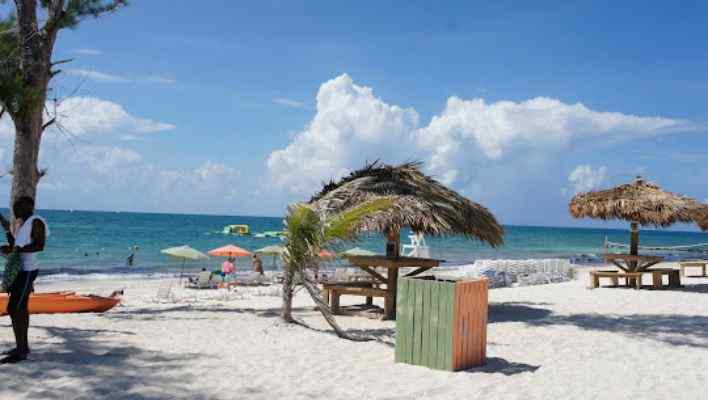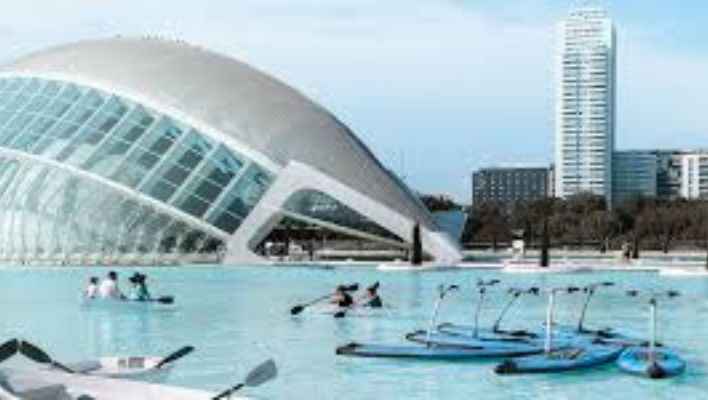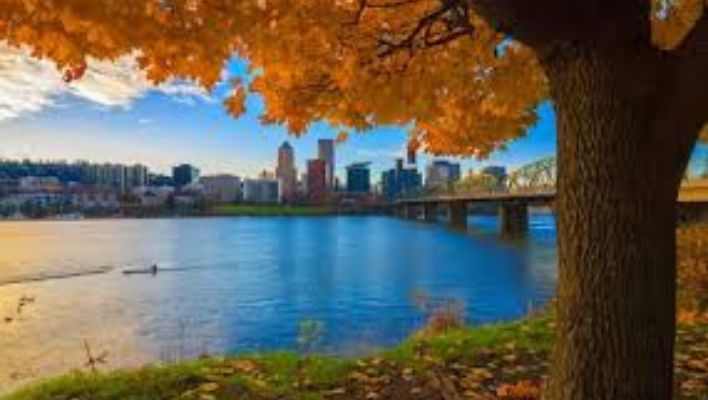Is there a Bridge from England to France?
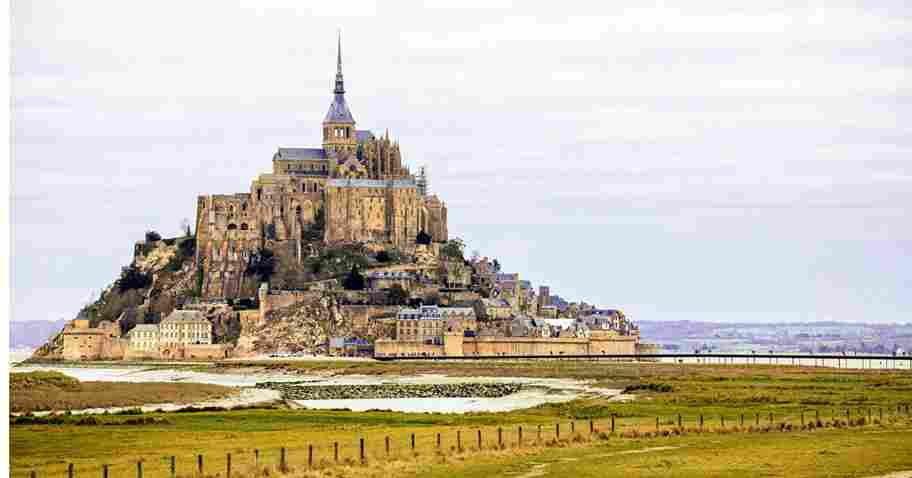
France is located in western Europe, just across the English Channel from the south coast of England to France and boasts some of the most stunning countryside and striking buildings in all of Europe. Enjoy its exquisite cuisine, renowned beverages, and capital city, Paris, which is referred to as the “city of love” and the global center of fashion, as you journey on a cuisine adventure.
There are plenty of ways to get from England to France, even though there isn’t a bridge that connects the two countries. There are several ferry routes and flights available, but the most common means to cross the water is through the water Channel.
Traveling by train through the world’s longest underwater tunnel will enable you to quickly explore all that France has to offer. France is England’s closest neighbor on mainland Europe. Find out the greatest ways to get from England to France and what to do while you’re there by scrolling on.
Is there a bridge between England and France?
There isn’t a bridge between France and England. But the Channel Tunnel, which runs from Folkestone, beneath the English Channel, to the Port of Calais in northern France, does the same thing by linking England with mainland Europe.
Vehicles arriving in Folkestone can use the Le Shuttle train, which travels the short distance beneath the Channel to Calais. Once there, you can drive off and carry on exploring France.
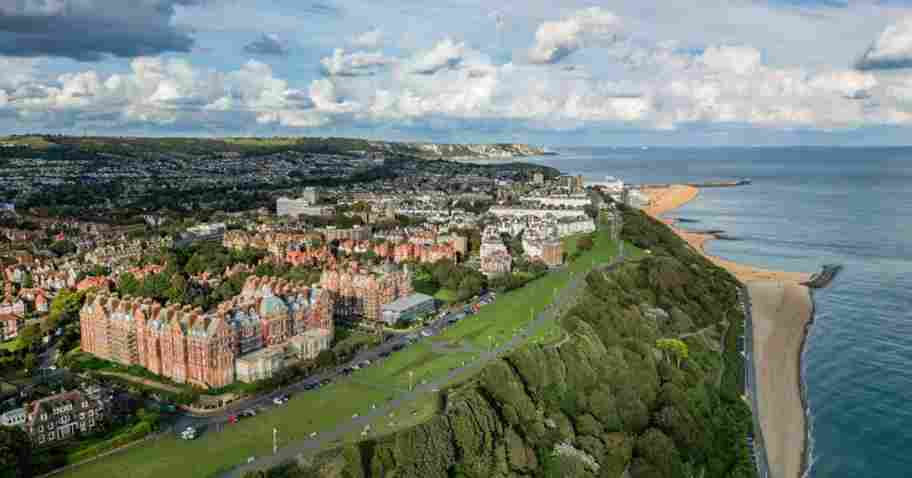
How to travel from England to France
The quickest and least expensive way to travel from England to France is via the Channel Tunnel. After checking in at the Folkestone Terminal, passengers will take the 35-minute drive beneath the channel on Le Shuttle, where they can utilize the onboard facilities and stretch their legs.
In addition to being the most eco-friendly method of transportation between the two nations, Le Shuttle is becoming more and more well-liked and assisting tourists in reducing their carbon footprint.
On Le Shuttle, you can ride your bike in a specially designed minivan that will carry you to the train. However, Le Shuttle does not allow foot passengers to travel. Booking a seat on Eurostar, a different rail service that uses the same tunnel, will allow you to travel to France on foot.
Additionally, there are numerous ferry routes that connect England with France. The most well-traveled route sails to Calais from Dover on the south coast.
Another option is to go from Portsmouth, which is located on the Hampshire coast and has sailings to the French ports of St. Malo, Caen, and Cherbourg. Newhaven to Dieppe, Poole to Cherbourg, and Plymouth to Roscoff are further options.
Bypassing the beautiful French countryside and the pleasures of a road trip, flying from London to Paris is another option. However, it will take you one hour and fifteen minutes to reach Paris.
Driving advice from England to France
Traveling through the heart of the Kent countryside to Folkestone and the departure terminal will allow you to experience a drive through the garden of England if you decide to take the Channel Tunnel to France.
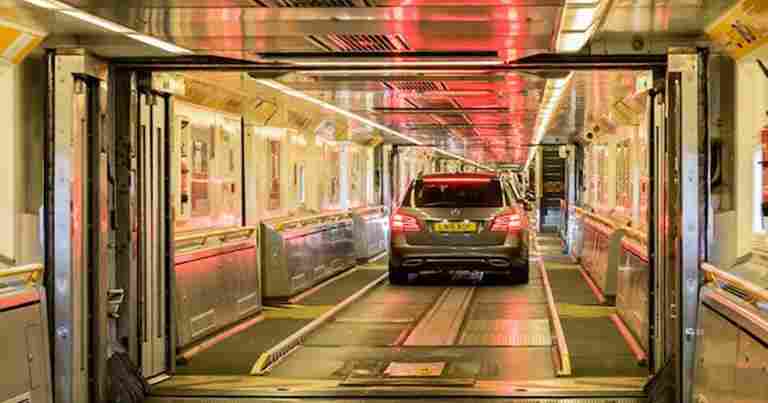
The trip from London to Folkestone, which is 95 miles away on the southeast coast, takes about two hours.
The routes will primarily be on motorways and important a-roads, making the trip quite easy if you are traveling from one of the other large cities in England. Keep in mind that traffic will be substantially heavier during peak hours, so if you experience rush-hour traffic on your way, give yourself more time to get to the departure location.
How long does it take for a trip from England to France?
From just north of Dover to Cap Gris Nez, which is located close to the French port of Calais, the coastlines of southern England and northern France are only 21 miles apart at their closest point.
Because of this, the ferry ride from Dover to Calais takes one hour and thirty minutes, making it the fastest of all the sailing routes between the two countries.
When taking the Le Shuttle, the 38-mile trip from Folkestone to Calais via the Channel Tunnel takes 35 minutes. With trains leaving at 2-hour intervals throughout the day, this is the most flexible option.
The trip will take up to 12 hours if you choose to use one of the other ferry routes, which will add several hours to the passage.
The travel from London to Paris will take about one hour and fifteen minutes if you decide to fly to France, but the airfare and rental vehicle fees make it a more costly choice than driving.
How much does it cost to travel from England to France?
| Departure Point | Destination | Mode | Operator | Fare |
| Folkstone | Calais | Train | Eurotunnel | £144 |
| Folkstone | Paris | Train | Eurostar | £150 |
| Dover | Calais | Ferry | P&O Ferries | £64 |
| Portsmouth | St Malo | Ferry | Brittany Ferries | £190 |
| Portsmouth | Caen | Ferry | Brittany Ferries | £185 |
| Poole | Cherbourg | Ferry | Brittany Ferries | £185 |
| Newhaven | Dieppe | Ferry | DFDS | £67.50 |
| Plymouth | Roscoff | Ferry | Brittany Ferries | £185 |
When traveling from England to France, the most common route is via the Channel Tunnel. Up to nine persons can travel in a single car, allowing for cost sharing, and it’s the fastest alternative available.
It costs £35 one way to enter the minibus and ride on Le Shuttle if you decide to cycle to France via Eurotunnel.
Which French port is the best choice for your destination?
The most well-liked destination for travelers departing from England is Calais. The Eurotunnel Terminal is located there, and if you want to take a ferry, the Ferry Terminal provides the fastest route from Dover.
Depending on your plan, the other ports accessible by alternate ferry routes can be more appealing; however, the travel times to these locations are somewhat longer after you arrive in France.
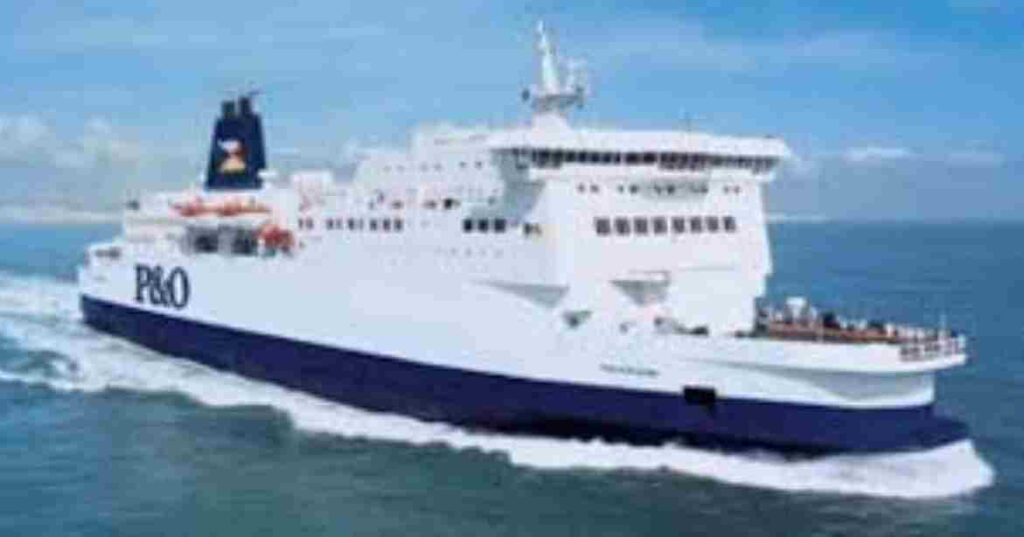
Things to know on traveling from England to France
There is so much to discover, see, and do when visiting France, and it is crucial to plan ahead in order to see as much of this stunning nation as you can.
In addition to saving time when you get to your departure location and ensure your seat on the train or ferry, purchasing your tickets in advance can also result in financial savings. The closer you approach to the departure time, the more expensive the ticket will likely be. Avoiding peak hours and traveling during the week can also result in lower tickets.
Keep in mind that you should drive on the right side of the road in France!
It is now required to have a clean-air sticker on your car that indicates the pollution levels it produces if you are going to a big city. Depending on the air quality at the time, certain old automobiles might not be permitted to enter certain cities.
Driving in France requires you to have a warning triangle on hand in case of an emergency and a high visibility vest for every passenger in case of a breakdown.
In order to guarantee that any problems are fixed right away, you must additionally install headlight beam converters in UK vehicles traveling through France and keep an extra bulb kit on hand.
The ideal time to visit France
While there is never a bad time to travel to France, the best times to go are in the late spring (April and May) and fall (September and October).
Compared to the busiest summer months, it will be considerably less crowded and the weather will be lovely. Since many French people enjoy taking vacations in their own nation, late July and early August are especially popular.
When is the Ideal time to travel to France?
Summer is the greatest time to visit, although spring and fall are also thought to have better weather, though summer will still be pleasant. The Mediterranean coastline is the place to go for long, hot summers, and the weather will get better the further south you travel.
Numerous well-known festivals can be found in France, and the Nice Carnival in February is a spectacular event that features international music, colorful floats, a wonderful family atmosphere, and a stunning parade of lights and sounds during the evening performances.
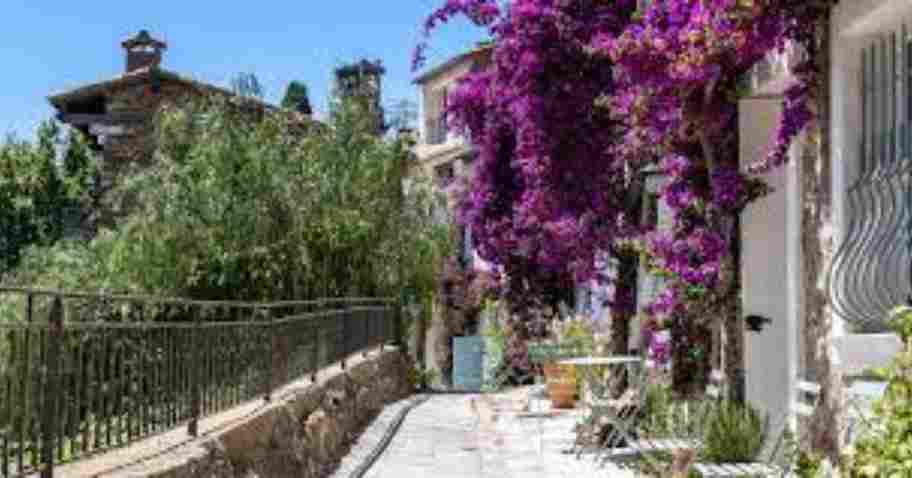
The Cannes Film Festival, which draws movie stars from all over the world, is quite well-liked if you are traveling there in the spring.
To cater to audiences of all ages, the Paris Festival de St-Denis, which typically features classical music, now incorporates both traditional and contemporary sounds in June.
In 1946, the Nice Jazz Festival on the French Riviera became the world’s first jazz festival. Since then, it has become increasingly popular, drawing well-known jazz musicians.
Many of the food festivals that occur during this season can be enjoyed if you visit in the fall. France has hosted national festivals honoring the various delicious flavors and tastes that are associated with the nation ever since UNESCO designated French cuisine as part of its cultural heritage.
Visit numerous markets, try local specialties, and watch numerous chef demonstrations to learn everything there is to know about French food.
Things to discover once you reach France
It’s easy to understand why France is the most visited country in the world and an incredible one. It is blessed with historic cities and villages that house magnificent old castles, buildings, and museums that will delight tourists of all ages.
We have chosen a few highlights below to assist you in planning your vacation, but there is much more to see and do with its rocky mountains, beaches, and rocky coasts.
1.Paris- One of the world’s most attractive and visited cities. Explore the numerous museums and galleries, including as the Louvre, which is home to the famous Mona Lisa, and take a ride up the Eiffel Tower and a walk down the Champs Elysees.
2.Amiens– When visiting France, a visit to the “Venice of the North” is a must because of its magnificent architecture, charming floating gardens, and vast network of canals. Every year, hundreds of people visit its collections of ancient and Renaissance art.
3.Normandy- A well-liked vacation in Northern France, Normandy boasts the most breathtaking alabaster coastline, beautiful farmland, and charming towns and villages. Known for the World War II beach landings, the region is today well-known for its fantastic cuisine festivals in the fall and its enchanting Christmas markets during the holiday season.
4.Champagne- People travel from all over the world to taste the most renowned produce from the Champagne wine region, which is renowned worldwide. The most well-known champagne houses and cellars are located in this region, which is also blessed with breathtaking scenery. Its inclusion on the UNESCO World Heritage List is a result of these.
5.Provence- As you tour the numerous medieval hilltop towns and villages, such as the charming town of Orange, which is home to the original Arc de Triomphe, you may savor delicious local cuisine while taking in the breathtaking countryside, endless coastlines, and purple lavender fields.
There are numerous reasons to travel from England to France, including its breathtaking natural beauty and centuries of history and culture. In any case, you can be sure that your vacation will be pleasurable and unforgettable.
Frequently Asked Questions
Does England have a bridge to France?
The Chunnel: What is it? An underwater tunnel that connects southern England and northern France is known as the Channel Tunnel, or simply the “Chunnel.” It is run by Getlink, a firm that also operates Le Shuttle, a railway shuttle that transports people in automobiles, vans, and other vehicles between Folkestone and Calais.
Is there a road from Britain to France?
The United Kingdom and France are connected by the Channel Tunnel, also known as the Chunnel. Actually, it is a network of three tunnels that run under the English Channel’s seabed and are more than 31 miles long.
Is it possible to drive from France to England?
You can transport your automobile on a ferry or the vehicle shuttle train service via the Channel Tunnel, but there isn’t a way to drive your own car between France and England. Paris can be reached by plane from a few different airports or by the Eurostar Chunnel train, which travels from London to Paris in roughly two and a half hours.
How much is a train to London to Paris?
This route’s cheapest ticket costs £24.84. The average price of a ticket on the London to Paris route is £195 if you purchase it 30 days in advance. The average price of a ticket on this route is £149 if you purchase it seven days in advance.
For more details, kindly visit http://ambafrance.org
